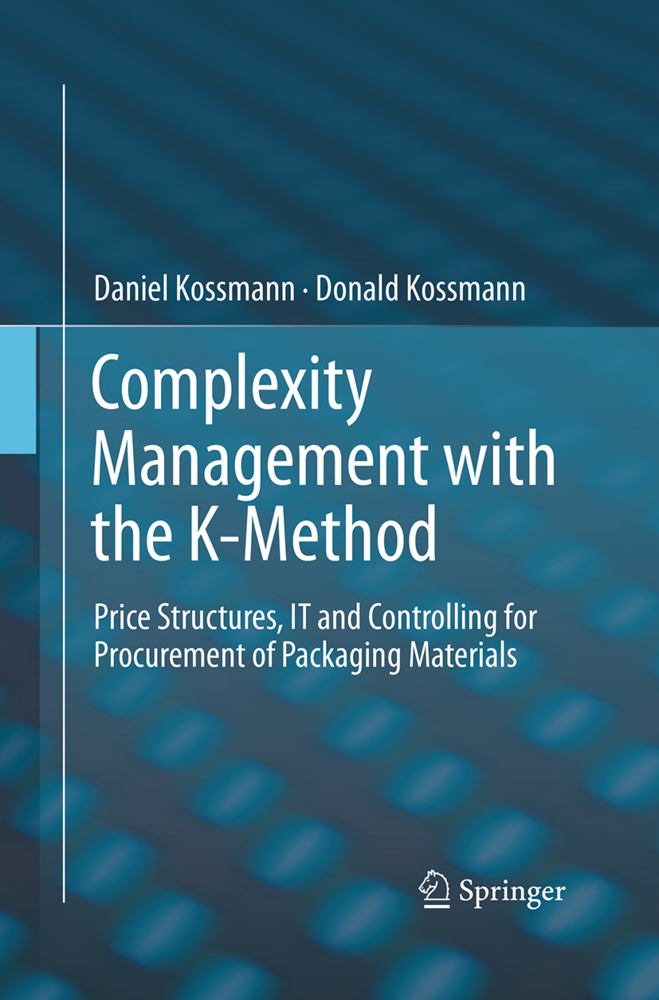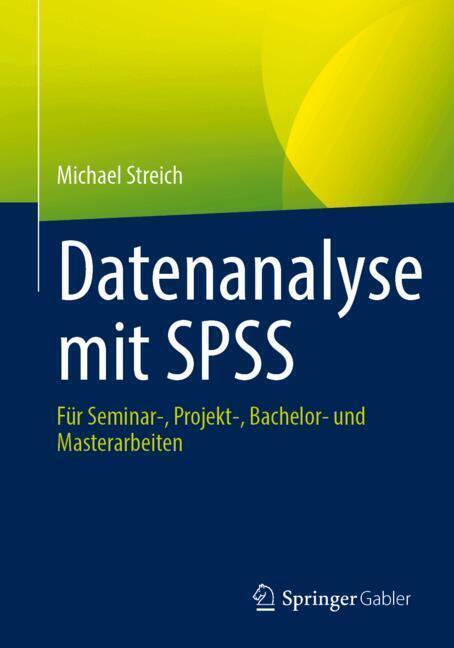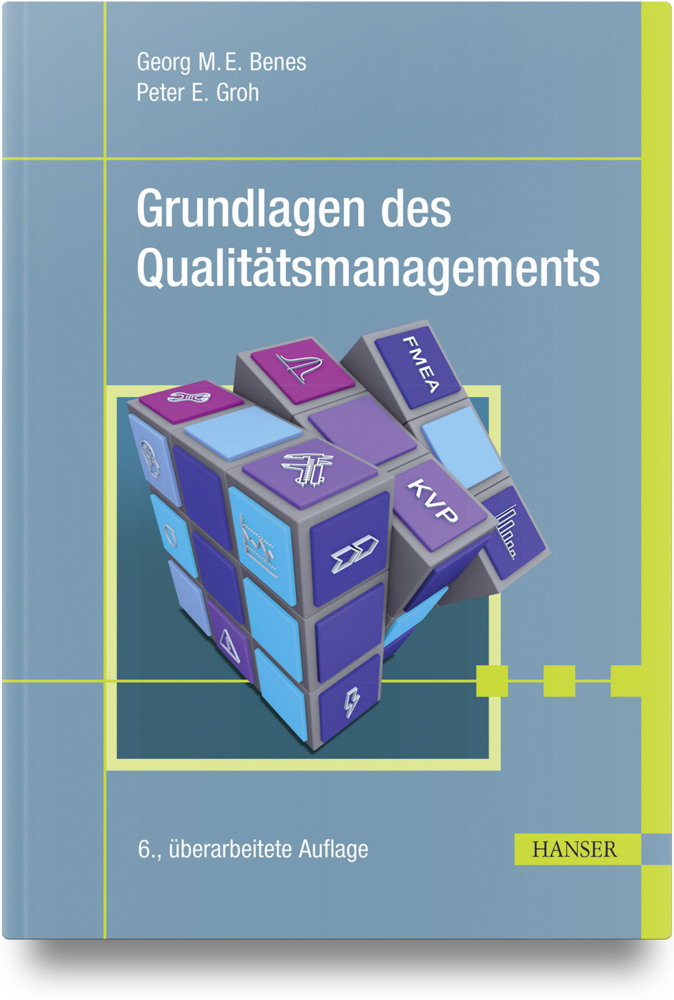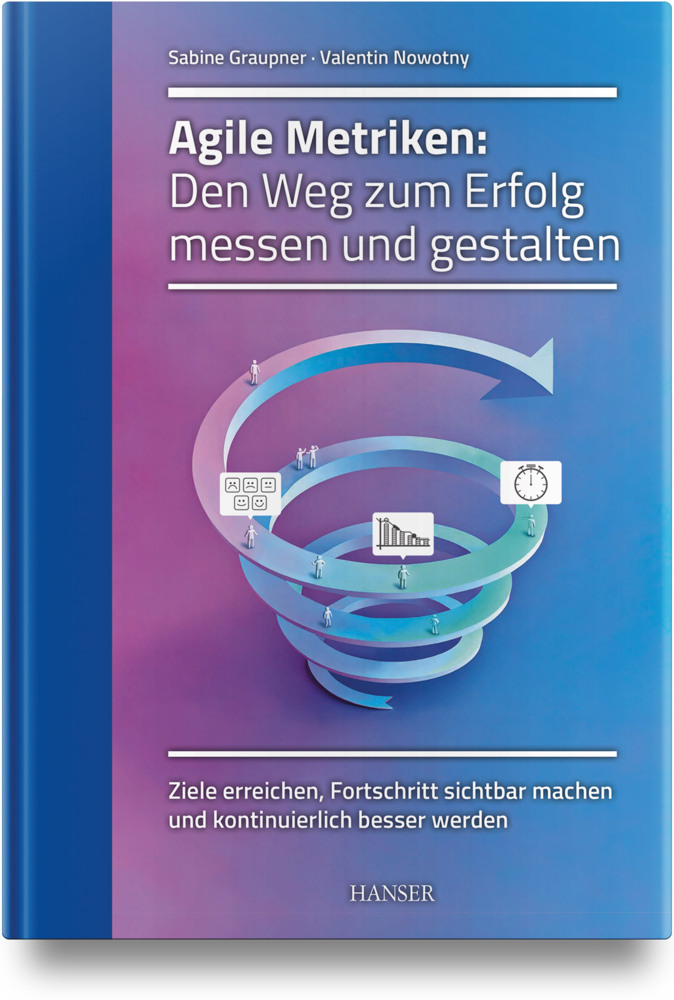Complexity Management with the K-Method
Donald Kossmann (*1968) , received his Master in Computer Science (Dipl.-Inform.) from the University of Karlsruhe in 1991. He completed his PhD (Dr. rer. nat.) at the RWTH Aachen and his habilitation at the University of Passau. Since 1998 he has been Professor at the TU München, University of Heidelberg and finally at the ETH Zürich. Since 2014 he works as Research Director for Microsoft in Seattle.
Daniel Kossmann (*1964), received his Master in Computer Science (Dipl.-Inform.) from the University of Karlsruhe in 1989. From 1989 to 2007 he worked for Unilever in various positions in Hamburg, Berlin, Warsaw and Paris. Among these positions he has been Head of Supply Management, Head of Management Accounting, and Finance Director for European Supply Management. Daniel Kossmann works since 2007 as a freelancer and consultant.
1;Preface;8 2;Acknowledgements;10 3;Introduction;12 4;Contents;14 5;Part I: Introduction;17 5.1;1: Definitions and Typical Issues;18 5.1.1;1.1 FMCG;18 5.1.2;1.2 Complexity;19 5.1.3;1.3 Packaging Materials;20 5.1.4;1.4 Major Issues;20 5.2;2: The K-Method, Example of a Price Formula;22 5.2.1;2.1 One Single Price;22 5.2.2;2.2 Fair Price for Each Packaging Item;23 5.2.2.1;2.2.1 Consistent Prices for Individual Specification Attributes;23 5.2.2.2;2.2.2 Consistent Margin of the Supplier When Quoting Prices for Specification Features;24 5.2.3;2.3 Method to Create a Price Formula;24 5.2.3.1;2.3.1 Selection of Specification Features;24 5.2.3.2;2.3.2 Example;25 5.2.3.3;2.3.3 Summary;35 5.3;3: Solutions for Major Issues Using the K-Method;37 5.3.1;3.1 Feedstock Materials;37 5.3.1.1;3.1.1 The K-Method for Feedstock Materials;39 5.3.2;3.2 Internal Benchmarking;41 5.3.2.1;3.2.1 The K-Method for Internal Benchmarking;42 5.3.3;3.3 New Price;43 5.3.3.1;3.3.1 Agreeing to a New Price;43 5.3.3.2;3.3.2 Process of Defining the Price;45 5.3.3.3;3.3.3 The K-Method for New Prices;46 5.3.4;3.4 Tenders;47 5.3.4.1;3.4.1 The K-Method for Tenders;49 5.3.5;3.5 Lot Sizes;50 5.3.5.1;3.5.1 The K-Method for Lot Sizes;51 5.3.5.2;3.5.2 Reach;51 5.3.5.3;3.5.3 Obsoletes;53 5.3.6;3.6 Combination of Packaging Items;55 5.3.6.1;3.6.1 The K-Method for Combining Packaging Items;55 5.3.7;3.7 Dimensions of a Moulds;55 5.3.7.1;3.7.1 Applying the K-Method for Dimensioning Tools;56 5.3.8;3.8 Supply Management Finance;57 5.3.8.1;3.8.1 The K-Method for Supply Management Finance;58 5.4;4: Why Should a Company Introduce the K-Method?;59 5.4.1;4.1 Buyers´ Concerns;59 5.4.1.1;4.1.1 General Working Procedures;59 5.4.1.2;4.1.2 Renegotiations;60 5.4.2;4.2 Common Concerns of Buyers and Suppliers;61 5.4.2.1;4.2.1 Effort and Project Management;61 5.4.3;4.3 Concerns of Suppliers;62 5.4.3.1;4.3.1 Transparency of Costs;62 5.4.3.2;4.3.2 Inaccuracy;63 5.4.3.3;4.3.3 Ability to Combine;63 5.4.3.4;4.3.4 Confidentiality;64 5.4.3.5;4.3.5 Too Small Portfolio;65 5.4.3.6;4.3.6 Dominance of the Supplier;65 5.4.3.7;4.3.7 Advantages for the Supplier;65 5.5;5: The K-Method in Other Industries;68 5.6;6: Outlook on Advanced Technologies;71 5.6.1;6.1 White Label;71 5.6.2;6.2 Transfer Prices;71 5.6.3;6.3 Configurators;72 5.6.4;6.4 Master Data;72 6;Part II: Elaboration;74 6.1;7: Specific Issues When Designing a Price Formula;75 6.1.1;7.1 Transportation;75 6.1.2;7.2 Storage;76 6.1.3;7.3 Terms of Payment;77 6.1.4;7.4 Consignment Stock;78 6.1.5;7.5 Delivery Tolerances;79 6.1.6;7.6 Optimising the Number of Items During a Production Cycle;80 6.1.7;7.7 Lead Times and ``Emergency Call-Offs´´;81 6.1.8;7.8 Negotiation Cycles;82 7;Part III: Implementation;84 7.1;8: Implementation in the ERP System;85 7.1.1;8.1 The Complete Business Process;85 7.1.2;8.2 Specification Features;85 7.1.3;8.3 Storage of Prices;87 7.1.3.1;8.3.1 Price Terms;87 7.1.3.2;8.3.2 Standard Prices;89 7.1.3.3;8.3.3 Planned Prices;89 7.1.4;8.4 Material Planning: Call-offs and Purchase Orders;89 7.1.4.1;8.4.1 Material Resource Planning;90 7.1.4.2;8.4.2 Format Group: Setup Versus Changeover;90 7.1.4.3;8.4.3 Purchase Orders;91 7.1.4.4;8.4.4 Invoice Control;92 7.2;9: Specification Features of Selected Categories;93 7.2.1;9.1 Labels;93 7.2.2;9.2 Plastic Tubes;93 7.2.3;9.3 Corrugated Outer Cases;95 8;Part IV: Theoretical Fundamentals;97 8.1;10: Value Analysis;98 8.1.1;10.1 Multilingual Labels;100 8.2;11: Scaled Prices;102 8.3;12: Consistent Prices;105 8.4;13: Derivation of the Price Formula;108 8.4.1;13.1 Data Types of the Specification Features;110 8.4.2;13.2 Linear Functions and Discrete Functions;112 8.4.3;13.3 Summary;112
Kossmann, Daniel
Kossmann, Donald
| ISBN | 9783662482445 |
|---|---|
| Artikelnummer | 9783662482445 |
| Medientyp | E-Book - PDF |
| Copyrightjahr | 2015 |
| Verlag | Springer-Verlag |
| Umfang | 112 Seiten |
| Sprache | Englisch |
| Kopierschutz | Adobe DRM |










